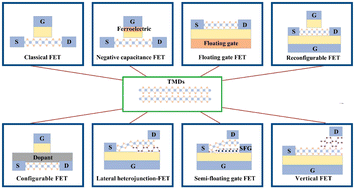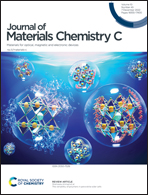Transistors and logic circuits enabled by 2D transition metal dichalcogenides: a state-of-the-art survey
Abstract
Two-dimensional transition metal dichalcogenides (TMDs) have attracted significant scientific research interest in recent years due to their lack of dangling bonds, ultrathin body and two-surface-channel nature, giving rise to enhanced electrostatic control. Consequently, their various properties and wide choice of materials have immensely broadened the feasibility of advanced transistors and logic circuits with area- and energy-efficient computing to deal with the ever-increasing data intensive tasks. In this review, initially, we examine the promising roadmap for boosting the performance of TMD FETs, such as doping, formation of contacts, and dielectric engineering. Then, multifunctional circuitry applications including fundamental building blocks, reconfigurable integrated circuits and in-memory computing are further discussed. Besides, we present a perspective of the computing scheme and challenges of current integration technologies. We strongly believe that the tremendous progress in TMD transistors and multifunctional circuits signifies upcoming advancements, which will initiate exciting scenarios in this emerging field.

- This article is part of the themed collection: Journal of Materials Chemistry C Emerging Investigators


 Please wait while we load your content...
Please wait while we load your content...